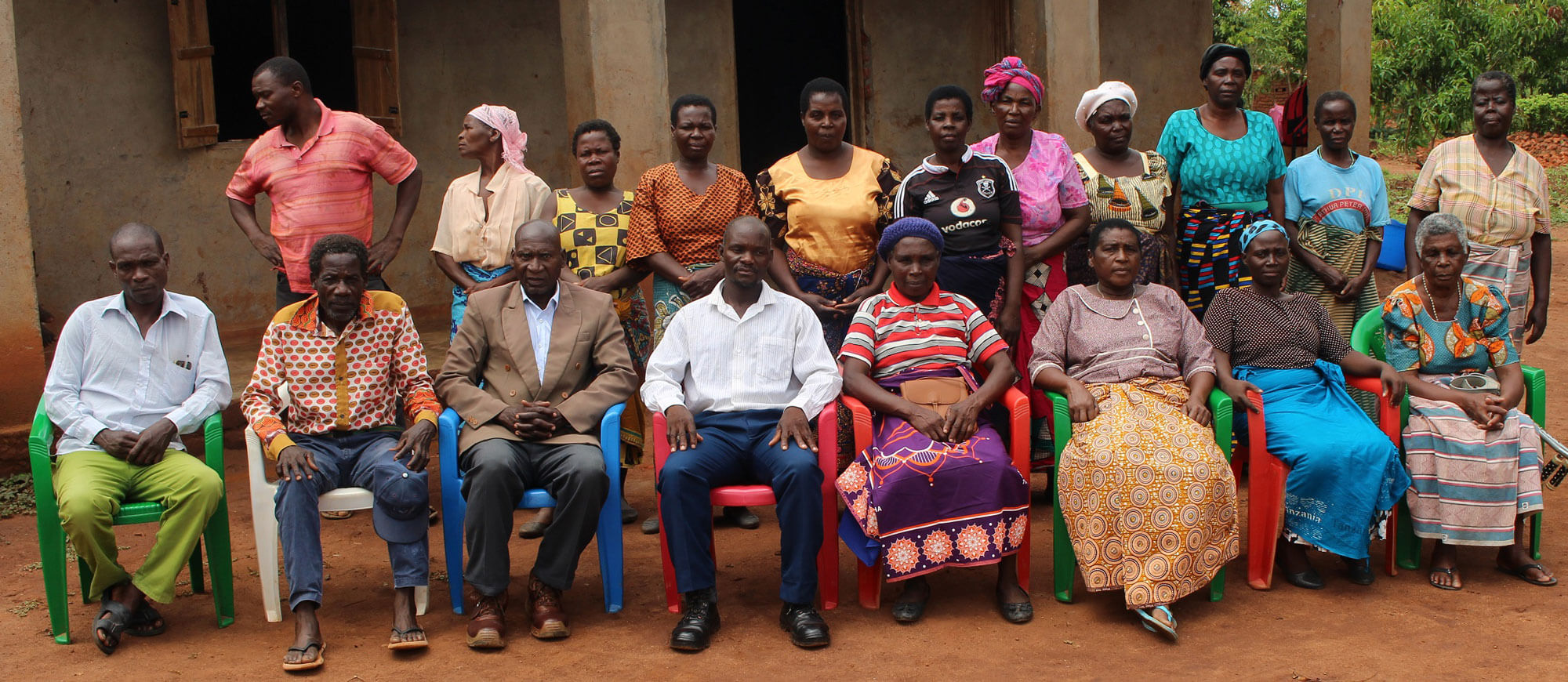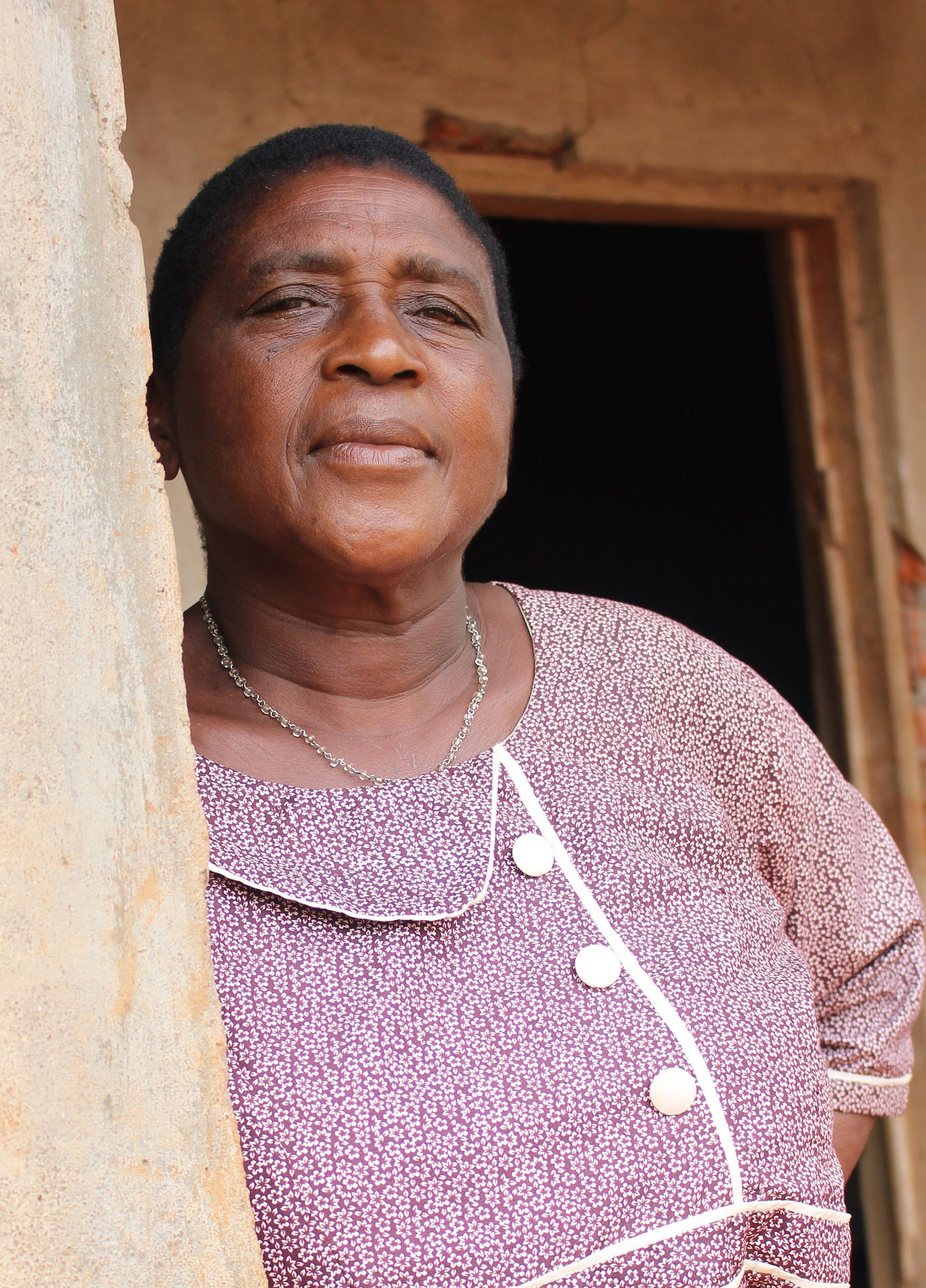The unlikely industrial rise of Cassava

Malawi’s Cassava is heading towards finding itself in an unfamiliar position; top of the food chain in Malawi’s food industry.
The unlikely Malawi Cassava industrial rise tale may bizarrely have to forever be attributed to the grim Covid-19 pandemic for its lucky break and newly found industrial suitors and adopters.
The COVID-19 pandemic has caused a global crisis that has severely affected most countries in the world, including Malawi. The nation’s economy has been heavily impacted by the pandemic, which interrupted Malawi’s economic growth. With worldwide lockdowns disrupting supply chains and restricting the movement of both people and goods, Malawi has experienced a shortage of industrial raw materials. One of those raw materials is corn starch, a white flour made from corn produce, used in the food manufacturing industry mostly as a thickening agent.
“In Malawi, the food industry has for decades relied on corn starch from South Africa as a key raw material and stabilizer in most of our products including our tomato sauce. We normally source the raw material from South Africa or Zimbabwe because it is not available locally,” says Joseph Pfumbwa, Managing Director of JoeClean Investments, producer of RadRoy food brands which include tomato sauce, vinegar and soups.
Pfumbwa says during the March 2020 COVID-19 lockdown of South Africa and with movement restrictions in Malawi and the rest of the Southern Africa Development Community (SADC), it became increasingly difficult and expensive to import corn starch. Eventually, it couldn’t be sourced abroad anymore at all.

“We were faced with a lack of raw materials for our products, forcing us to do more research as a company. In the process, we found out that in a lot of other countries where there are advanced food industries, food industries like ours use certified High Quality Cassava Flour (HQCF) as a food stabilizer as well as a complimentary substitute to wheat flour,” he said adding that they immediately invested in finding out first-hand how they could use it locally and still serve the growing customer base for RadRoy products.
Based on the results of their research, RadRoy substituted the use of corn starch in their popular tomato sauce with HQCF sourced from local cassava processors among which are under the National Cassava Processors Association (NCPA).
NCPA, an interest group of local cassava value adding processors, aims at making the grade in the mercantilism of mass producing and trading high quality and certified cassava-based industrial as well as energy products locally and internationally.
Among the first line of NCPA HQCF suppliers to the RadRoy foods chain were Mathiya Cooperative from Mulanje, Nsanama Womens Cooperative in Machinga and individual cassava processor Emmanuel Maloko from Zomba.
Nsanama Womens Cooperative is supported by the KULIMA – More Income and Employment in Rural Areas of Malawi (MIERA) programme, implemented by the Deutsche Gesellschaft für internationale Zusammenarbeit (GIZ) GmbH on behalf of the German Federal Ministry for Economic Cooperation and Development (BMZ) and the European Union (EU). In coordination with the Malawian Ministry of Agriculture and selected stakeholders such as the Root and Tuber Crops Development Trust (RTCDT), the program promotes seven value chains, including cassava, with the aim of increasing income and employment opportunities for rural populations. The program targets smallholder farmers, small or medium sized enterprises (MSMEs) to do better in the face of challenges like small landholdings, poor access to inputs, services and markets.
In the end, it is the project and members that saved RadRoy’s industry in a really dark period.
According Pfumbwa, RadRoy Sauce sampled their product with their market and received positive results, which immediately led them to make a corporate decision to use locally available HQCF – with or without corn starch being available steadily again from South Africa.

“Our consumer base attest that the RadRoy products are more stable, settled when packaged and simply taste better when they are made with HQCF. Secondly, HQCF is locally available and aided us avoiding the logistical nightmares of sourcing forex and importation of corn starch. In buying from local cassava processors we are empowering our people and making their lives better.”
On a more business sense case, Pfumbwa confides that for every MK1,200 he was spending on importing corn starch, he now spends MK400 on HQCF and achieves an even better product effect.
“I have been able to pass on that saving effect to my customers which made our product cheaper. Plus, we are now even more competitive and have been able to increase sales volume. For us, HQCF is a better option as long as NCPA processors should be able to sustain HQCF supply as well as quality and standard because demand from us will only keep increasing,” he says adding that so far his company is demanding and even cost sharing HQCF transportation costs where necessary to source it from as far as Lilongwe, Mzimba and Nkhotakota processors.
NCPA and its members are supported by the programme KULIMA – More Income and Employment in Rural Areas of Malawi (MIERA), implemented by the GIZand the European Union (EU). The programme aims at boosting market integration of smallholder farmers and MSMEs with the objective to increase opportunities to engage in value addition, be it through increasing productivity, processing of raw products or reaching better markets.

“There is a stable market now as other food processing companies have started coming directly to us to look for HQCF. We may have challenges in meeting the demand especially in off harvest periods for cassava because we can only use fresh cassava to make HQCF. Our processing is largely manual and we would need proper drying equipment to enable us to process in bulk during harvest season for the market for the rest of the year,” says Esther Juni, Chair of Mathiya Cassava Cooperative, a grouping of cassava farmers and processors who presently are able to process up to two tonnes HQCF a month at full capacity for JoeClean and other Blantyre based food processors alone.
Sphiwe Biginoti, 22, is one of 13 young people newly incorporated in the 112 Nsanama Cassava Women Cooperative. The cooperative is a member of NCPA and works towardsempowering young people to take advantage and sustain the opportunities provided by the fast emerging market for processed cassava products provided by Malawi’s revolving food industry.
“I was impressed with what our women leaders Esthery Kamanga and Loveness Andiseni have made of themselves in the community and how they have engaged young people like me to be part of the project, especially now that the market for HQCF made from our area here is opening. In my community, it is women who own the land. I believe through this project and emerging markets for our abundant cassava in Machinga, I can make something good of myself,” says Biginoti.
With such optimism and enthusiasm in future generations, the rise and rise of industrial Cassava use may just be hitting a notch up.
